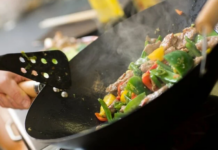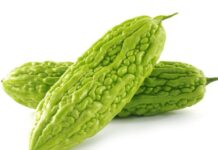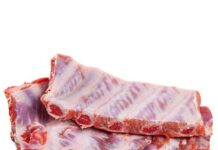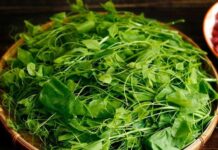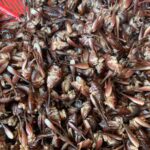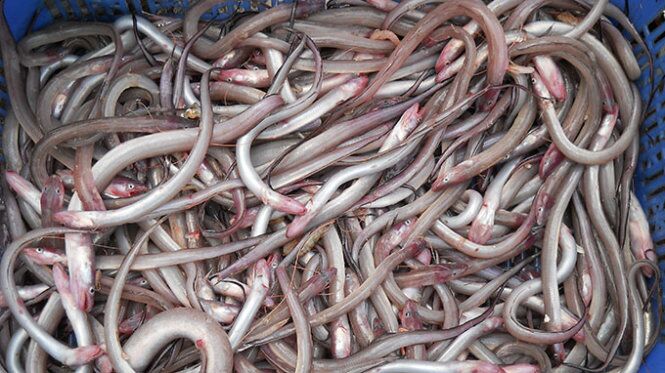
The ribbonfish, a slender species thriving in Central Vietnam’s coastal waters—particularly in Phu Yen, Quang Ngai, Quang Nam, and Da Nang—measures 30–40 cm in length. Resembling eels but flatter and thinner, it’s locally dubbed “cá đét.” Some believe the name derives from the traditional preparation method: splitting the fish, drying it, and creating “khô đét,” a term now ingrained in fishermen’s culture.
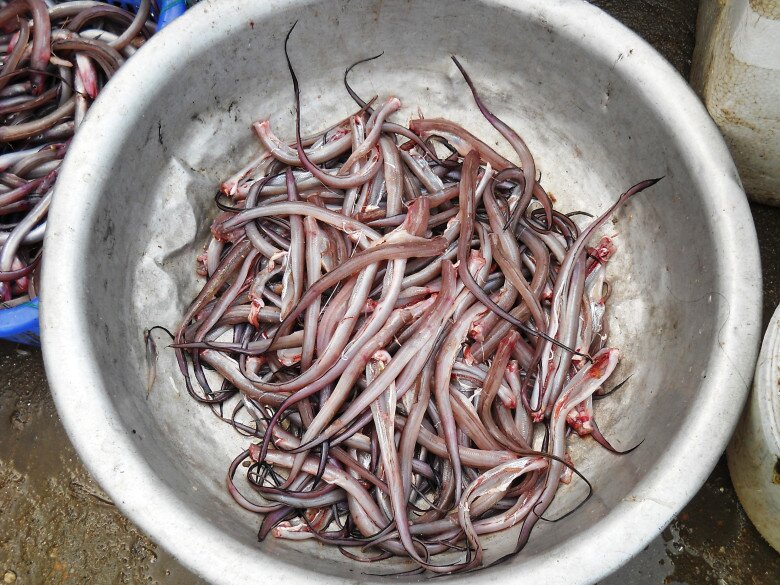
Despite its unremarkable appearance as a catfish relative, the ribbonfish boasts high protein, low fat, and rich calcium content, making it a nutritional standout. Peak season runs from April to September when warm waters yield abundant catches.
Historically, ribbonfish was a humble staple for coastal communities, prepared through simple methods like stewing, frying, or drying for preservation. Its soft flesh and numerous bones limited appeal, keeping prices low and relegating it to “famine food” status during rough seas.
However, recent years have transformed ribbonfish into a culinary star. Creative processing and rising demand for regional specialties have elevated dried ribbonfish to a beloved delicacy. In just 3–5 years, it has rivaled premium dried seafood like squid, anchovies, and triggerfish.

This shift has boosted local livelihoods. In Quang Nam and Da Nang, many fishermen now earn steady incomes from dried ribbonfish, even escaping poverty. During sunny months, it’s a hot commodity in seafood markets, coastal stalls, and online platforms.
Crafting premium dried ribbonfish demands precision. Freshly caught fish are cleaned, split, and brined in seasoned salt water to firm the flesh and reduce fishiness. After draining, chili salt is added for signature flavor before sun-drying under ideal conditions—gentle yet warm sunlight that preserves internal moisture.

Perfectly dried ribbonfish has a dry exterior but remains chewy and sweet inside. Mastering this balance requires experience, adjusting salt levels and sun exposure daily. Harsh sun risks brittleness; weak sun invites mold. Each batch reflects a village’s expertise.
Today, dried ribbonfish is both a convenient snack and a tourist draw. Grilled over charcoal, pan-fried, stir-fried, or simmered, it shines. Purists prefer charcoal grilling, where slow roasting releases its aroma. Golden-brown and tender, it pairs perfectly with chili sauce for seaside gatherings.

Crispy fried ribbonfish is another favorite. Marinated briefly, flattened during frying, and cooked until golden, it offers a crunchy, savory bite. Both dishes leave lasting impressions.
From humble catches to prized delicacies, dried ribbonfish embodies coastal ingenuity. Carefully packaged, it’s a cherished souvenir. Beyond flavor, each piece carries the dedication of fishermen, their labor crystallized in every sun-kissed strip—a testament to Central Vietnam’s maritime spirit and culinary pride.
In today’s fast-paced world, dried ribbonfish remains a timeless treasure, symbolizing the resilience and creativity of coastal communities. Alongside famed specialties like sun-dried squid, it stands as a flavorful emblem of Vietnam’s heritage.







